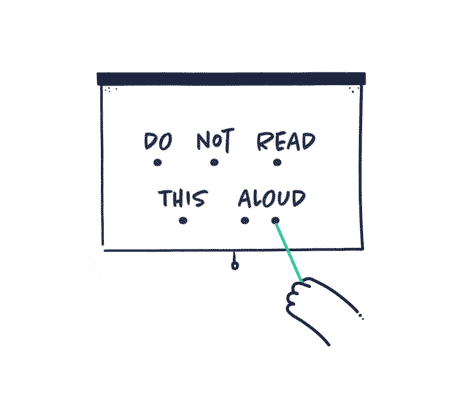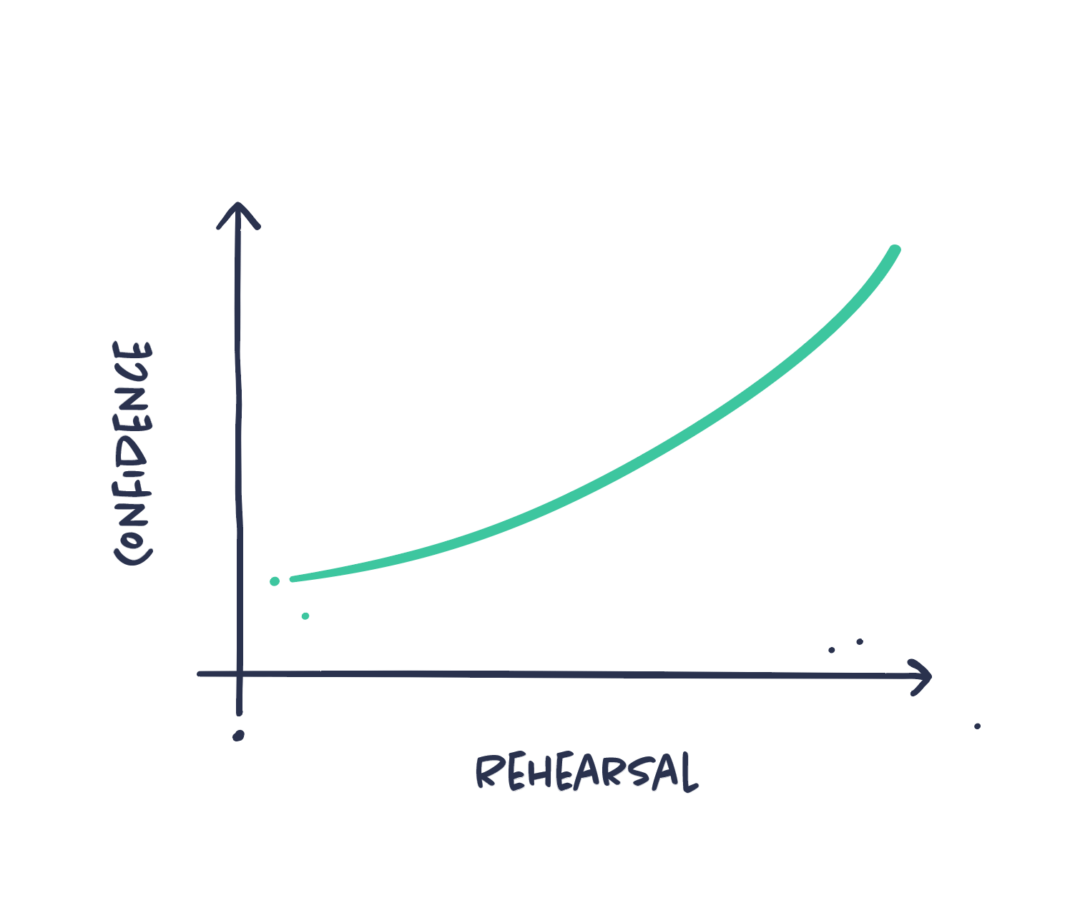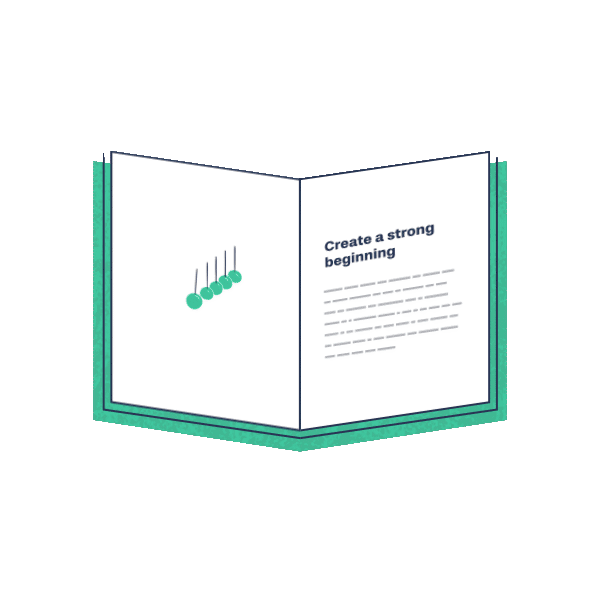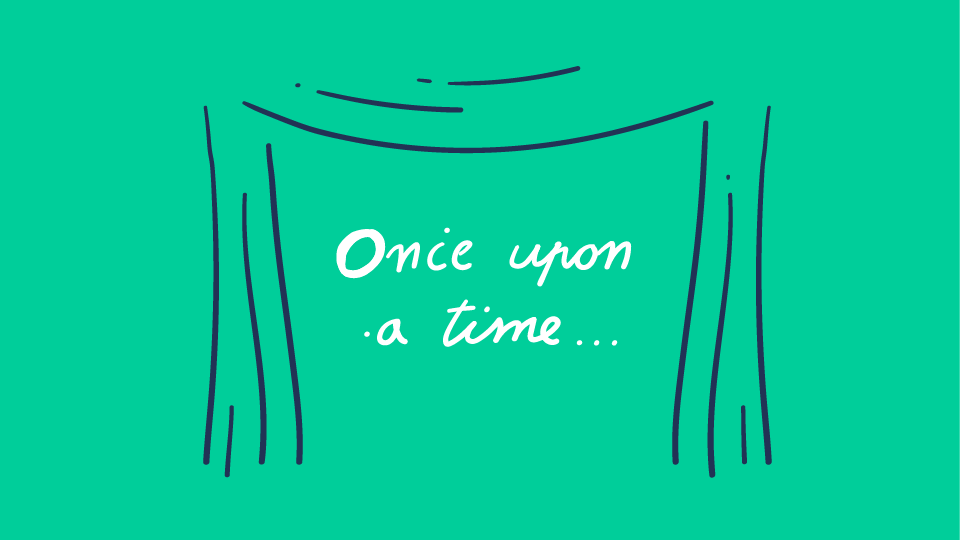7 essential advice on presenting
Concrete and actionable advice on the art of integrating presentation technique and slide design

A presentation basically consists of only two components; A deck of slides and you as a presenter. In that sense you only have two things to solve. But the most important thing in this equation is how to balance visual aids with your own presence and communication. This is what makes the presentation a very complex art of communication. A common pitfall in presentations is focusing too heavily on one element while neglecting the other. Stunning slides fall flat with a dull delivery, and a captivating speaker loses impact with cluttered visuals.
As an information design agency, we are experts in designing visuals for presentations. We have a high expertise and years of experience in what makes a good presentation and exactly which visual aids to use when and how.
These 7 advice explores the crucial balance between presentation technique and slide design, providing actionable strategies to ensure both elements work in synergy to maximise your message’s effectiveness.
State your purpose
The first thing your audience wants to know is: Why are we here? What’s the purpose of this presentation? Be crystal clear about your subject matter and your objective. In just a few sentences, communicate the main takeaways and the value your audience will gain from listening. Let them know upfront what to expect, and they’ll be more likely to stay engaged.

Do not read from your slides
Don’t face the screen and read your slides. The audience can read for themselves. While it’s crucial to have a well-structured outline, reciting it word-for-word can lead to disengagement and boredom.
Your slides should complement your words, not replace them. Instead, use the slides as prompts to guide your presentation or to help you pace yourself. This approach allows you to maintain eye contact and connect with your listeners.

Use effective pauses
Effective use of pauses is a master technique. It’s one of the most versatile tools in a presenter’s toolbox, yet very few people perform it well. A pause, if used correctly, can greatly enhance your presentation or speech.
Pause before, during, or after saying something you’d like to emphasize. Pausing between different parts of your presentation can signal to the audience that something new is coming. A quick pause could also help you remember your next point. Pauses are crucial to give your audience enough time to understand or read the content of your slides.

Don’t just lecture: Interact!
Presentations risk becoming a long, tiresome, and passive experience for the audience, even if the topic is exciting. Avoid simply lecturing. Instead, aim for a dynamic and interactive approach. Engage your audience in active discussions, and incorporate interactive elements.
For example, use open-ended questions, conduct a poll, or present a challenge by asking your audience how they would address a specific issue. Any activity that breaks up the presentation and encourages audience participation is beneficial.

Turn off the presentation
To add impact to your presentation, shift the focus from the screen to you as a presenter. Turn it off for a while to make your audience focus on you, your gestures, and what you are saying. This technique offers several benefits, such as creating variety, maintaining audience engagement, building a better connection with the audience, and avoiding unnecessary or distracting slides. Remember, not everything needs a slide. Make conscious choices about when to use visuals. As a helpful hack, press B or PERIOD to instantly black out the screen and bring the focus back to you.

Practice and rehearse
You may have a fantastic story to tell, accompanied by an excellent slide deck, but the delivery is where it matters most. Have you ever wondered why Steve Jobs’ presentations were so good? Practice — he was humble enough to practice.
If you prepare well before the presentation, you will feel more relaxed and confident while presenting, and it will also improve your body language.
Implement practice into the process of any important presentation you will give. Practice could include rehearsing in front of a crowd, taking notes, experimenting with delivery, timing yourself, or recording yourself. All things that will help you perform and deliver significantly more convincingly. Any kind of practice is better than no practice at all.

Get Feedback
Don’t rely solely on your own understanding and perspective. Seek feedback from others. Getting input from someone unfamiliar with the subject can help you identify areas where the presentation may be unclear or confusing. Embrace feedback as an opportunity to improve your presentation and slides and make your message more effective.

Did you find this advice useful? Actually, we have made a whole Notebook on Presentations. The Notebook details everything you need to consider when making slides: lessons learned, insights, and dos and don’ts. We cover topics like Process, Storytelling, Copy and Design.

You might also want to check out our post on The Best Presentations the World has Ever Seen. It is always a good idea to try and learn from the best.




